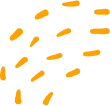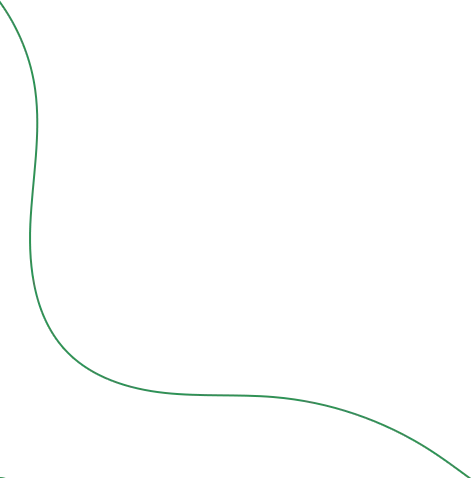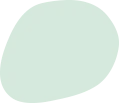



Secondary Growth
Chapter Name : Anatomy Of Flowering Plants |
Sub Topic Code : 103_11_06_04_02 |
Topic Name : Secondary Growth |
|
Sub Topic Name : Cork Cambium |
|
Introduction
The cork cambium is a lateral meristem and is responsible for secondary growth that replaces the epidermis in roots and stems
Pre-Requisites:
Understanding secondary growth
Activity:
Check the diagrammatic presentation to understand the structure
Real Life Question:
What happens if cork cambium isn’t present in a plant?
Key Words / FlashCards
| Key Words | Definitions (pref. in our own words) |
|---|---|
| Phellogen Phellem Phelloderm Periderm Bark Lenticel | Tissue in vascular plant Cork Secondary cortex Phellogen, Phellem, Phelloderm are collectively called Periderm Tissues exterior to vascular cambium Lens-shaped openings for gas exchange |
Learning aids / Gadgets
| Gadgets | How it can be used |
|---|---|
| Why does cork cambium exist in plants? | For secondary growth |
Places to visit :
Biology laboratory, surrounding plants
Practical examples around us
| Examples | Explainations |
|---|---|
| The bark that is the outer most layer of the tree is a result of secondary growth. |
What you learn in Theory:
What is cork cambium?
What you learn in Practice:
What does cork cambium results to and what does this look like?